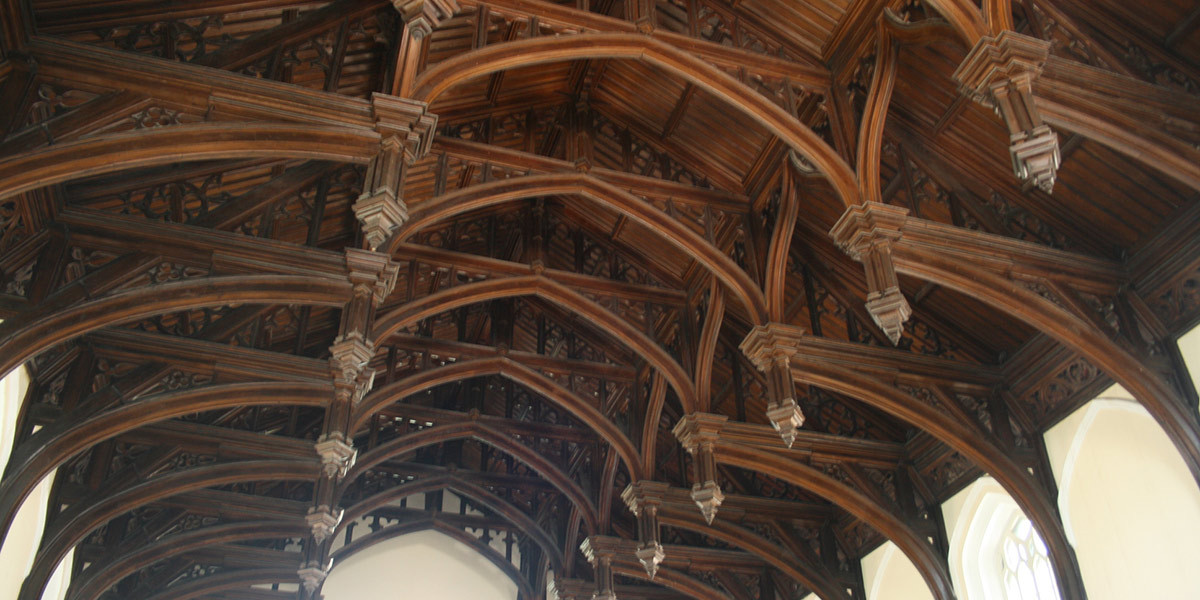How to restore a monument
Officially there are more than 130,000 historical and cultural monuments in Russia today. This priceless heritage that serves as a symbol of the national identity of Russians, is also an enormous challenge - how to preserve it? How and at what expense to restore and maintain monuments? What meaning to give them? To solve these and many other problems the Ministry of Culture and the Ministry of Property Relations established the Agency for the Administration and Use of Historical and Cultural Monuments (FGBUK AUIPIK).
The purpose of the exhibition project was to designate the strategies of the Agency, which today has more than 200 protected sites, by the example of five specific monuments of different periods, located in different cities of Russia. The exhibition focused on 5 monuments: chambers of the XVII-XIX centuries in Arkhangelsk Lane in Moscow, Pechenko’s chambers and Solodezhnya of the XVII century in Pskov, the Imperial stables in Peterhof (1848-1855), Gostiny Dvor of the beginning of the XIX century in Volsk in Saratov region, "House for youth and small families" in Yekaterinburg (1920-1930s).
The exposition reveals the unique history of each of the five selected sites, studied and reconstructed by the Museum and Agency staff in its entirety - on archival materials, measurements, drawings, photographs, objects of decorative art. The exhibition shows not only the Agency's activity, but also the method of its work: researches, projects of restoration and adaptation. Indeed, only correct usage of unique monuments ensures them preservation and a second life.
FGBUK AUIPIK of the Ministry of Culture of the Russian Federation is an agency responsible for preservation, restoration and use of architecture monuments of different ages with the status of cultural heritage of Federal importance. The Agency pays much attention to the development and implementation in practice the most efficient and cost-effective methods for conservation of objects of cultural heritage, with a regard for its historical predestination. Special emphasis is placed on methodological and practical support to monument's users. Each new user, paying the rent, thereby guarantees a future restoration of another monument.
